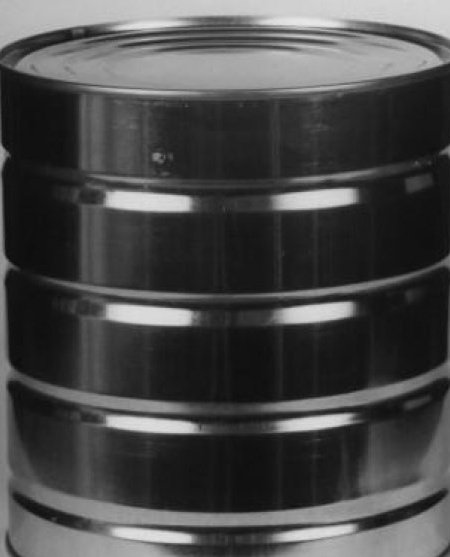
A tin can is a sealed container designed to store various food products. The material from which it is made is tinned steel, which is also called canned tin. Sometimes the material is aluminum or other metals suitable in their properties.
As for the specifics of using cans, absolutely any content can be stored in them. Moreover, it is stored in an airless environment, which creates a favorable environment for canned foods. The difference between such cans and containers, which is made of another material, is that when you open the can once, it is already impossible to seal it tightly.
The very first tin can was invented in 1810 by Peter Duran, who sold his patent to the British. In 1813, the first canning factory was built, which supplied products for the navy and the army. The first banks were not much like modern ones: they weighed about half a kilogram and the handle was made of hand-forged iron. These cans were quite expensive because one worker could produce only 4-5 cans in one hour. Now tin cans are produced on modern conveyors that can produce batches of several thousand items per day.
Structurally, the tin can consists of several parts: the case, the bottom and the lid. They can be made, depending on the production technology, with tapered edges, with or without stiffeners, with easily openable covers. The inner surface can be either varnished or unvarnished. And the outside - varnished or lithographed.
Old tin cans are very expensive. Even at collectors' auctions, one rare can can yield from 30 to 300 US dollars. Foreign banks are of such high value, and cans made in Russia are much smaller.
